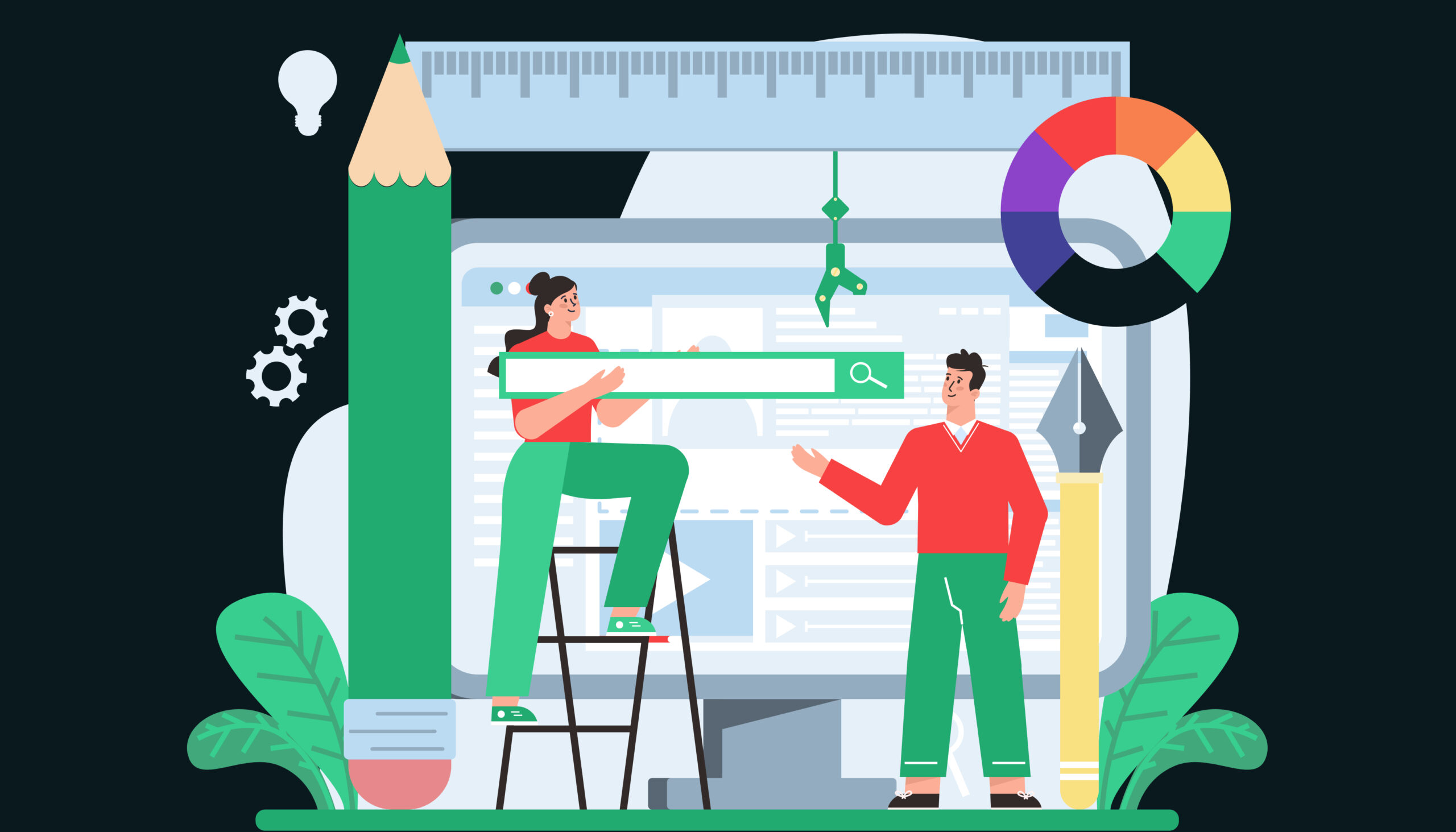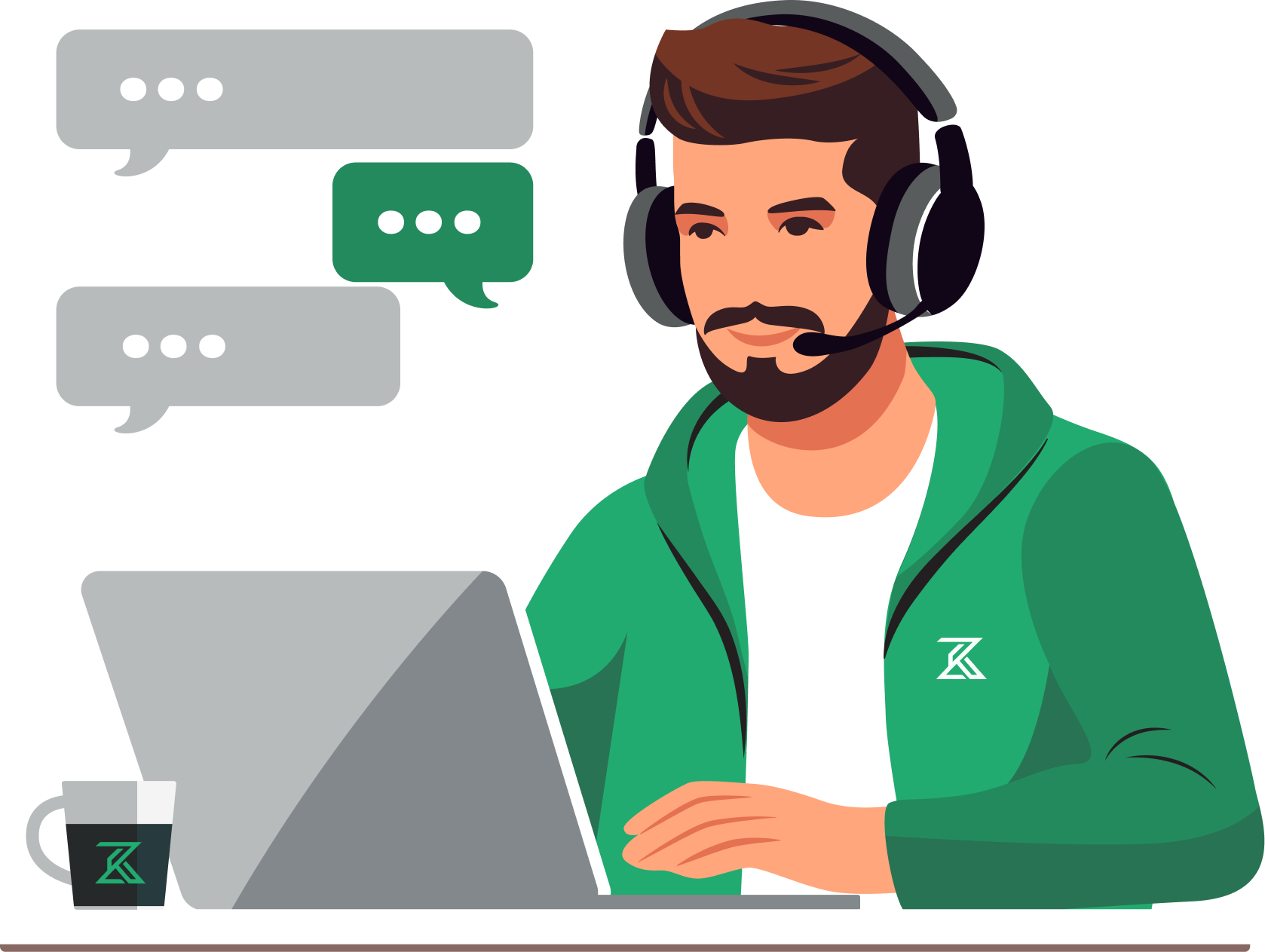Now, let’s delve a little further and see where the UX design profession is headed. If you want to understand these trends in video form, CareerFoundry alumna and product designer Maureen walks you through the following:
- The Metaverse and Web 3.0:
It is widely acknowledged that the internet has evolved dramatically since its debut. With the introduction of Web 3.0 and the Metaverse, the internet is beginning to evolve even more.
Aside from the prospect of holding UX events in a virtual space world while projected as your newest orc avatar (which is probably just wishful thinking), Web 3.0 and the Metaverse will have many other more immediate implications for UX. These technologies will connect gadgets more than ever before.
Designers must keep this in mind when creating content for numerous platforms that can be viewed and utilized from nearly anywhere. In addition, UX text will need to be optimized for interpretation by AI with human-like abilities rather than search engines scanning for keywords and numbers.
- Artificial Intelligence (AI):
The application of AI in UX design has been more promising, particularly in subspecialties such as user research and information architecture. For example, AI may be readily trained to generate a huge number of wireframes based on best practices published on the internet. This would significantly reduce the time it takes designers to iterate and provide potential solutions.
Artificial intelligence (AI) refers to any intelligence manifested by robots or computerized technology rather than natural animals and humans. We’ve almost certainly all been exposed to some type of AI through technology such as Siri, Amazon Alexa, and Echo. However, the future of artificial intelligence is exponential and far larger than these already outstanding goods.
- Extended Reality (ER):
With the advancement of VR and AR technologies, there is a greater need to begin designing for 3D places that can be linked with headsets and haptic suits. Designers must also consider holography, spatial and audio augmentation, designing for mixed reality developers such as WebXR, and devices and experiences being more interconnected than ever before. The ability to produce great designs for these platforms in an efficient yet ethical manner is an issue that many UX designers will confront in the future.
Companies such as Ikea, Adidas, Walmart, McDonald’s, and Instagram have already begun to integrate extended reality (ER) technologies into our culture. These household companies are already utilizing ER to train personnel through realistic simulations, assist customers in “trying on” things at home, and connect people through virtual games and entertainment.
The phrase “
extended reality” refers to several ideas, the most important of which are augmented reality (AR) and virtual reality (VR). Virtual reality entirely immerses you in a computerized environment, whereas augmented reality allows you to add non-physical (or digital) elements to the current world around you.
- No-code applications:
Most individuals (designers and non-designers alike) have undoubtedly encountered and used a no-code tool, whether they realize it or not. The usage of this subtle yet critical technology is expected to grow in UX design circles in the future years.
- Work from home:
Many designers have been forced to work from home for weeks or months because of the Covid-19 epidemic. While this has been difficult for some, others have immediately recognized the benefits and convenience of remote employment. As designers continue to stay at home for health and safety concerns, or just because the remote lifestyle works best for them, the future of UX will undoubtedly reflect this trend.


